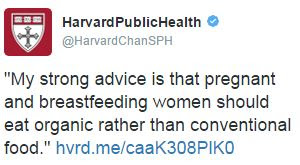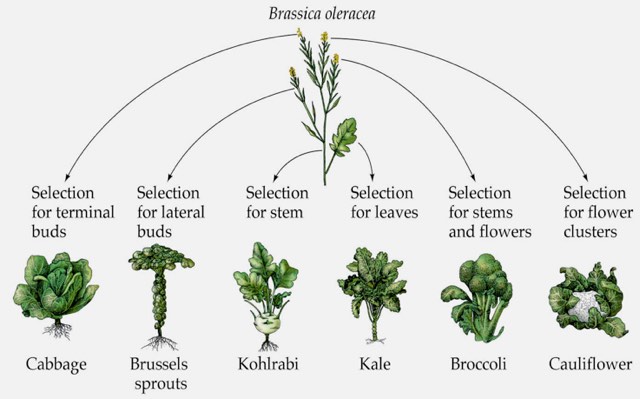Fake News-- Before It Was a Thing
Yesterday I was reading my Twitter feed and discovered that the story contrived by Alison Vuchnich at Global News Canada in December of 2015 was surfacing again. Lately there is an uptick in anti-Folta chatter. Back before fake news was a thing, anti-GMO activists were creating false drama with the interest of harming me and my 30-year career as a public scientist, and at the very least destroying my credibility. The story by Vuchnich was reasonably even handed in content, but the entire premise was, well, bullshit. The story was titled "Documents Reveal Canadian Teenager a Target of GMO Lobby" and claimed that I was a centerpiece in harassing Rachel Parent, a young woman that is quite vocal around issues in food and farming. Unfortunately, she has ideas that are not consistent with science. Others have accused her as having motivated reasoning because her family owns a natural food monstrosity that benefits from denigrating conventional...




